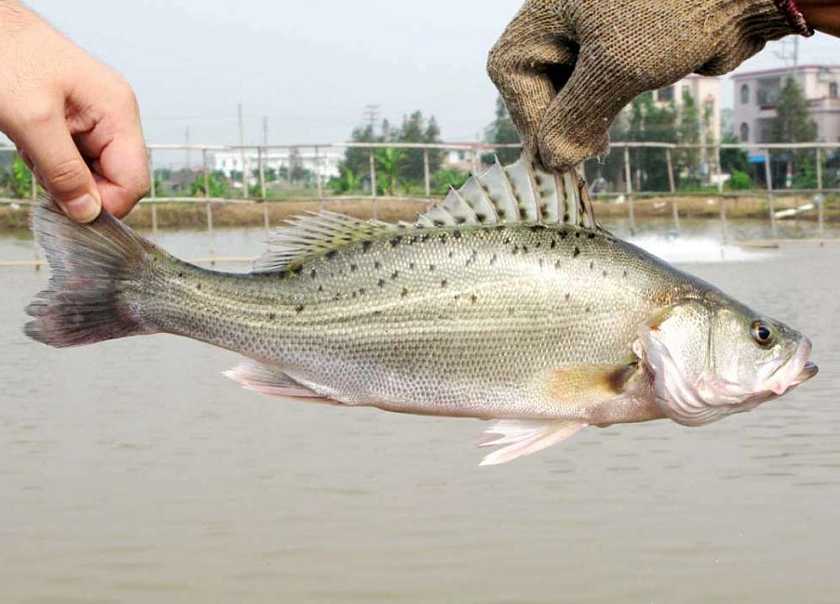
Hepatobiliary problems are one of the major problems that must be faced in Micropterus Salmonides farming. Once the liver pathological changes occur, it will cause the decline of immunity, metabolic disorder, and the decrease of feed digestibility. In this state, Micropterus Salmonides is highly susceptible to other pathogenic diseases (such as Nocardia disease, iridovirus, etc.) and the mortality rate increases. The mortality rate of some ponds can be as high as more than 50%, causing significant economic losses to the farmers.
In mid-June, experts from LACHANCE visited some Micropterus Salmonides farms in Hunan Province and found that the liver and gallbladder problems of Micropterus Salmonides are as follows: yellow liver, the death rate was very high.
Micropterus Salmonides Yellow Liver
Micropterus Salmonides Yellow Fat
Bile Appear Thin
To solve these problems, Lachance experts proposed the following solutions: Adding bile acids to Micropterus Salmonides feed, and use 4000g/ton bile acids to feed continuously, and at least seven days which can significantly improve the liver and gallbladder(Hepatobiliary) health of Micropterus Salmonides, control mortality.
Micropterus Salmonides is a carnivorous fish, which has a congenital disorder of lipid metabolism. As an important component of bile, bile acids play an irreplaceable role in animal fat metabolism and liver protection and gallbladder protection. Exogenous bile acids is the most direct and effective way to protect the liver and gallbladder health and solve the liver problems of Micropterus Salmonides. Adding bile acids 800 ~ 1000g / ton to the diet for a long time can effectively prevent the liver and gallbladder(Hepatobiliary)metabolic disturbance syndrome of Micropterus Salmonides. Adding 4 000 g / Ton, and 5 ~ 7 days could improve liver color, clear bile duct and resume normal feeding. Reduced mortality of Micropterus Salmonides.









